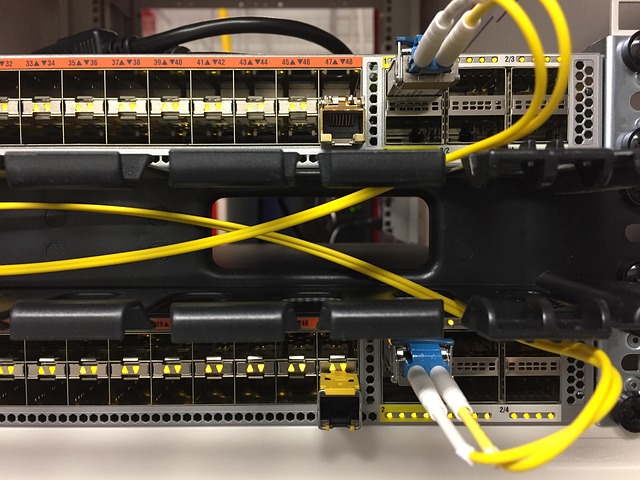
The Ultimate Guide to Network Switches in IT: A Hardware Breakdown
In the realm of Information Technology (IT), the backbone of any robust network is a network switch. Often overlooked, yet crucial, the network switch functions as a traffic director, diligently managing the flow of data within and between networks. By understanding the intricacies of network switches, both novice and seasoned IT professionals can ensure optimal performance and reliability in their network infrastructure.
A network switch connects various devices such as computers, printers, and servers within a local area network (LAN). Unlike a hub that indiscriminately sends data packets to all connected devices, a network switch intelligently forwards data to specific devices, minimizing congestion and boosting overall efficiency. This enhancement is paramount in today’s data-driven environments where seamless connectivity can make or break business productivity.
When choosing a network switch, it’s vital to consider the types available. There are unmanaged switches, which offer basic functionality with no configuration required, ideal for smaller networks. On the other hand, managed switches give you the power to control and optimize your network through configuration options, including VLAN support, traffic prioritization, and monitoring capabilities. For businesses with evolving needs, managed switches represent an essential investment.
Network switches also come with varying port counts and speeds, typically ranging from 10/100/1000 Mbps (Gigabit) to 10 Gbps or even higher. The decision here hinges on the size of your network and the anticipated data load. For instance, a small office may suffice with a modest 8-port switch, while a data center will require multiple high-capacity switches to handle significant traffic more effectively.
Power over Ethernet (PoE) is another significant feature to consider. This technology allows network cables to deliver both data and power to devices like IP cameras and phones, reducing cable clutter and simplifying installation. If your organization relies on such devices, opting for PoE capabilities in your network switch can save both time and resources.
VLAN support is another critical feature offered by managed network switches. By segmenting your network, VLANs enhance security and performance, allowing different organizational departments to function within the same physical infrastructure while keeping their data insulated from one another. This segmentation is beneficial not only for security but also for traffic management, optimizing the overall user experience across the network.
It’s also essential to consider redundancy and failover capabilities in network switches, especially for mission-critical applications. Features like stacking and link aggregation can create multiple pathways for data, enhancing fault tolerance and ensuring network reliability. In environments where uptime is paramount, the choice of a switch with these capabilities can significantly reduce potential downtime.
Regular firmware updates play a crucial role in maintaining network switch performance and security. Software vulnerabilities can be detrimental, making it vital to stay updated with the latest patches. Most managed switches provide options for automated updates, reducing the administrative burden on IT teams and ensuring a secure working environment.
In summary, selecting the right network switch is a fundamental decision every IT professional must face. With an array of options available, it’s essential to evaluate your network needs comprehensively—considering factors like size, performance, security, and scalability. By making informed choices regarding network switches, you will be well on your way to building a reliable and efficient IT infrastructure that supports your organization’s mission and growth.



